Published
- 07:00 am
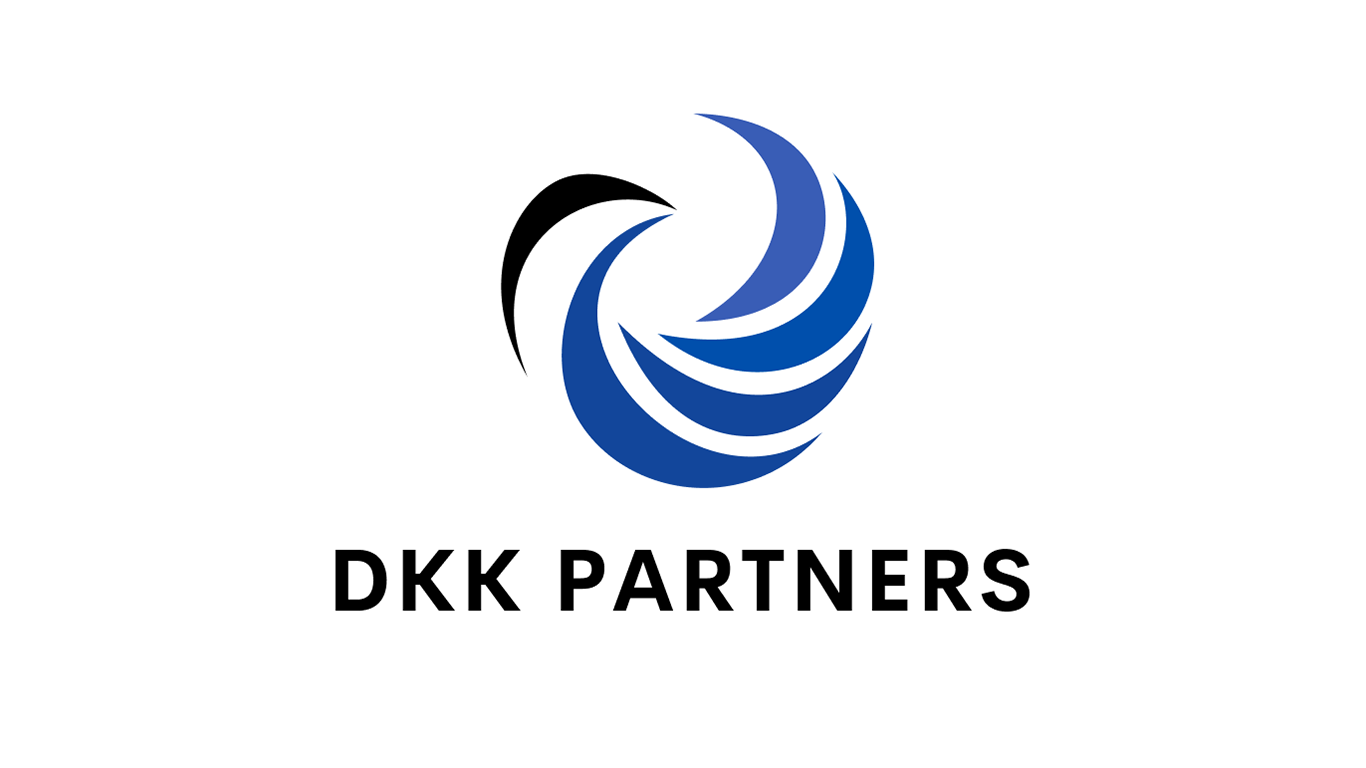
DKK Partners, a leading fintech company, which specialises in emerging markets (EM) foreign exchange (FX) liquidity, has appointed Bovill, the financial services regulatory consultancy, as its global compliance partner.
Bovill will work with DKK to ensure all processes and operations meet all the appropriate compliance requirements. In addition, Bovill will provide advice and recommendations around regulatory matters, both in the UK and on a global scale.
The news comes following a record year for DKK, with revenues surpassing £63m - up from £3m the previous year. Demand for DKK’s suite of services is rising, with customers seeking FX risk management, access to deep liquidity pools, and local collections. In response to growing demand, DKK plans to open four new offices overseas in the Middle East and across Pan Africa in addition to the company’s headquarters in Mayfair, London.
DKK, founded by capital markets specialist Khalid Talukder, previously of UBS, Citi & Deutsche Bank, and Dominic Duru of RBS and Citi, enables businesses to manage currency risk in frontier markets.
Khalid Talukder, co-founder, DKK Partners comments:
“In an increasingly complex world, with rapidly evolving regulatory requirements, we needed a partner that could offer the gold standard in terms of expertise to meet our compliance obligations. The Bovill team have deep industry knowledge and understanding of the requirements in all our local markets, bringing invaluable insights that will enable us to expand whilst adhering to all the necessary rules and regulations.”
Mark Spiers, Partner, Bovill comments:
“We’re excited to be working with such a fast-growing, multimarket firm and provide the specialist guidance and support needed to ensure DKK can meet its regulatory obligations without hindering its ability to grow.”
Related News

Patrick Evans
CEO at SLVA CyberSecurity
The cyber threat landscape for businesses of all sizes is terrifying. see more
- 04:00 am
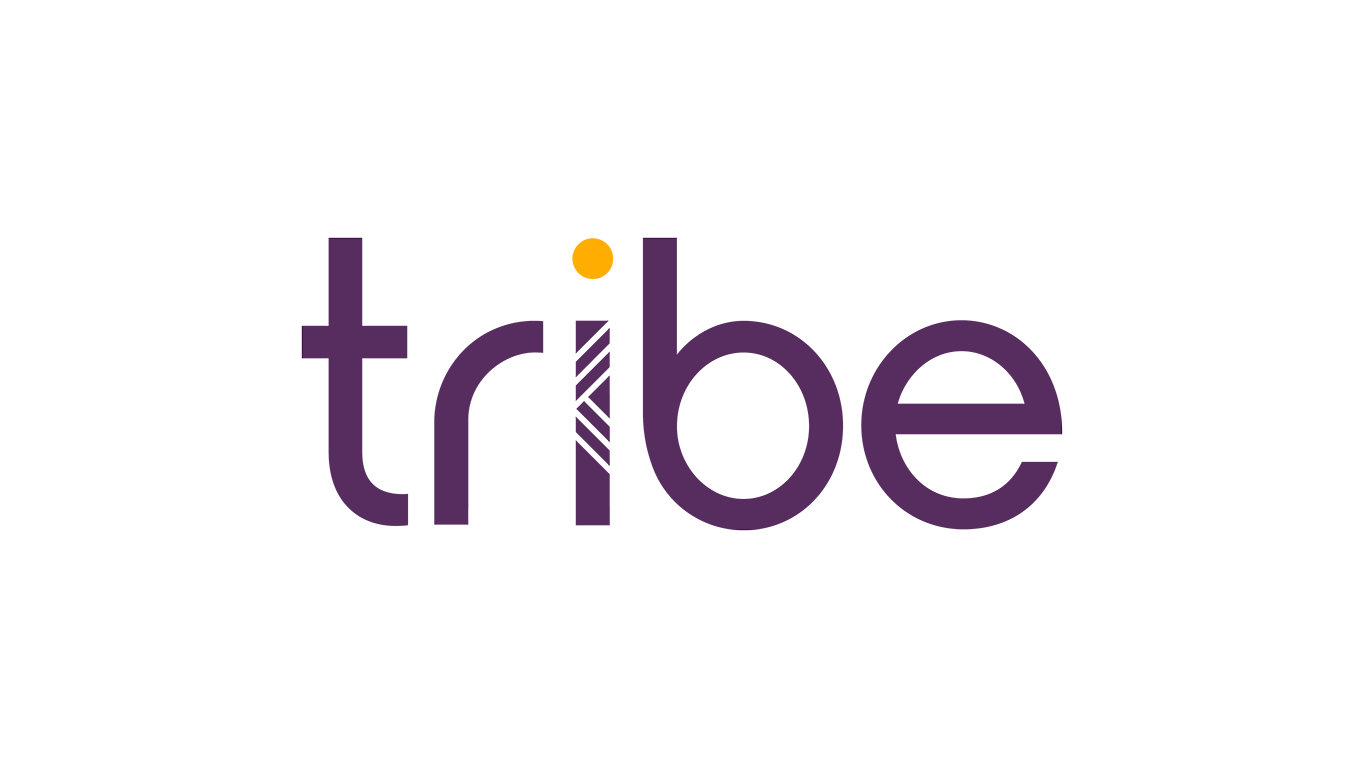
A report conducted by payments technology provider Tribe Payments has revealed that a quarter (24%) of merchants are concerned with the ability of their acquirers to innovate in ways that will support their business growth plans. The report, which surveyed both online and multi-channel merchants across Germany, Lithuania, Spain, the Netherlands and the UK, also found that three in five merchants said they would switch acquirers if they were offered greater flexibility.
Merchants place a significant emphasis on the technology provided by their acquirers with 45% of them selecting their current acquirer because they provided “good payment tools”. To avoid churn and to reassure their customers, acquirers will need to ensure that they are demonstrating innovation if they wish to compete: almost half the merchants surveyed said they would switch providers if they were offered more tools and tech.
The demand for innovation that acquirers face has its roots in the demands that customers make of merchants. For instance, 36% of merchants say their payment or checkout experience isn’t smooth enough, while 58% feel they need more advice and support to help keep up with consumer trends. More than half (56%) of merchants believe that changing anything in their payment process is too complex.
“The criteria for picking an acquirer has changed,” said Alex Reddish, Managing Director of Tribe Payments. “In the past, it was often cost-driven but as consumer demands become more sophisticated, so do the expectations that merchants have for their acquirers. Acquiring is no longer a commoditised purchase. The desire for flexibility and innovation is not just a ‘nice to have but a necessity, driven by the growing range of alternative payment methods and changing consumer demands. The good news is that acquirers have room to differentiate and meet these rising expectations.”
There were some good indications that acquirers are starting to adapt to demand: a third of acquirers are perceived by merchants as more than just vendors, as “partners that help deliver success”. This result showed that many acquirers were held in some esteem, but also showed lots of room for growth. There were also clear ways for acquirers to improve their offering: The top three demands of acquirers were more ways to purchase, better transactional data, and sector expertise.
Related News
- 04:00 am
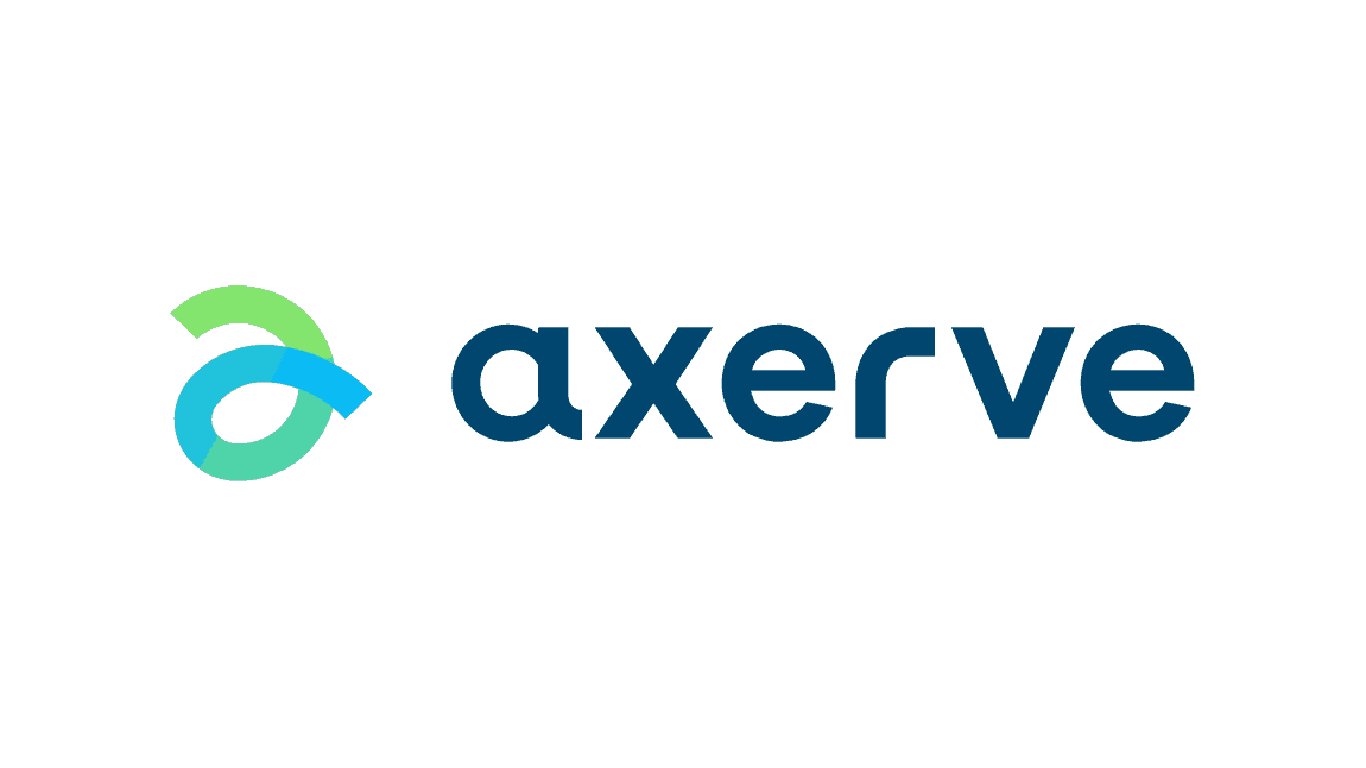
Axerve, Payment Partner to Grow, specialising in creating accessible and frictionless payment solutions for E-commerce and physical sales, today announces the release of a new white paper, ‘Payment Orchestration: unlocking cost-effective E-commerce for merchants in a multiple payment provider ecosystem’. The white paper explores payment orchestration and assesses the positive impact that it is having on merchants through a range of mechanisms that support higher payment authorisation and cost-effective, streamlined checkout.
One of the most relevant modern payment innovations is payment orchestration. Even in its infancy, it has already had a significant impact on the E-commerce sector across the globe as signalled by a new report published by Market Research, showing that the payment orchestration market has been rapidly expanding at a CAGR growth rate of 25.75% from 2021 to 2027. This growth has been triggered by the increasing needs of E-commerce companies to reach new markets globally with a structured acceptance ecosystem able to offer multi-PSP solutions. In line with current trends, it is projected to reach a substantial US$ 4797.96 million market size by 2027.
In light of orchestration’s importance to Ecommerce and retailers, Axerve’s latest white paper explores the genesis of payment orchestration and the benefits it brings to merchants amid a bourgeoning Ecommerce sector characterised by an increasingly complex payment landscape with multiple PSPs and payment methods across multiple worldwide geographies that have fueled and necessitated the payment orchestration category’s growth. The white paper takes a focused look at the positive results of integration between multiple players in the payment flow, resulting in optimised payment processes in terms of efficiency, speed and authorisation rates, which when aided by payment orchestration are boosted significantly.
These wins for merchants and customers alike are strikingly evidenced by Axerve's own aggregated client data and analysis of Axerve’s E-commerce clients who have adopted Payment Orchestra™, where Axerve reports that in the online fashion space, the choice of the optimal acquirer generated an increase in authorisation rates from a minimum of 5% to a maximum of 9% increase.
This boom in E-commerce is a challenge and opportunity for merchants as multiple providers across payment gateways, PSPs and acquirers, as well as multiple digital payment types such as cryptocurrency, Buy Now Pay Later (BNPL), contactless in-store payments such as SoftPOS, and Ecommerce tokenization, combine to form a complex web of payment options that payment orchestration platforms can streamline for merchants so they are empowered to engage with multiple payment forms at checkout while keeping their core focus on their primary business and customer experience.
A study by Accuity, a LexisNexis® Risk Solutions company, estimated that failed payments, as a result in part of problems in the management of payment flows, have cost the global economy $118.5 billion in fees, labour, and lost business in 2020.
Payment Orchestration is a future megatrend in the retail industry enabling merchants to cost-effectively harness the growth driver of international E-commerce, and as such payment orchestration can be expected to be a major topic of discussion among retailer and brand business leaders at today’s eTail Autumn Connect.
At the forum, Axerve released ‘Payment Orchestration: unlocking cost-effective e-commerce for merchants in multiple payment provider ecosystems’ to provide a comprehensive guide on the development and successful cases of orchestration for retailers and brands who desire to grow.
The eTail event targets omnichannel, and Ecommerce leaders from the UK’s top retailers and its themes dovetail with the white paper’s key topics.
Head of International Sales at Axerve Claudia Cipolla who is now leading the international sales team with the aim of bringing Axerve’s solution to merchants all over the world, joined a session on the first day of the event covering “creating a unified customer experience”, specifically the panel discussion: ‘Optimising the omnichannel experience: How can you transform the connections between in-store and digital data to personalise customer experiences and boost conversion rates?’ and appeared alongside distinguished industry figures including:
- Laura Ross, Head of Customer Transformation, Holland & Barrett;
- Simon Graves, Head of Customer Data and Operational Governance, Sainsburys & Argos;
- Dan Saunders, Head of Retail E-Commerce, Stanley Black & Decker;
- And be moderated by Oliver Banks, Founder & Host, Consultant & Coach, Retail Transformation Podcast.
The panel discussed among the other topics, payment orchestration, as this topical concept is generating a lot of retail industry interest.
Speaking ahead of the event Claudia Cipolla, said: “In an omnichannel environment with a connected customer, it is crucial to provide a payment experience with no friction that can affect the purchase. Thanks to orchestration it is possible to route the transactions to the payment provider that we know is the best performer on a certain cluster of cards, purchase amount, or country of origin: in this way the customer can complete the order easily and the merchant is not losing any sales. The merchant can also apply cost savings to the provider that guarantees the best fee. Also, via orchestration, it is possible to collect all the settlements in a unique hub and have a pre-reconciliation performed by the platform itself – saving time and cutting costs.”
Payment orchestration is a key tool for managing this increased complexity. Axerve’s Payment OrchestraTM manages the interoperability between all the transaction processes and types and simplifies payment configurations thanks to new proprietary software architecture. Payment OrchestraTM can significantly cut the costs of multiple ecommerce integrations and allows independence from payment service providers (PSPs). Its multi-solution integration system gives businesses the possibility to automatically switch payments to the best-performing provider at the time of purchase, resulting in industry-leading quick reaction times.
Axerve is a part of the European fintech Fabrick’s open finance ecosystem, and beyond this, the company supports a diverse mix of institutions, international corporations, and retail chains by offering innovative technology and data security across global payment methods. Axerve helps its partners anticipate trends in the digital payments market. The Axerve payment platform processes more than 4 million requests every month, supporting customers in selecting the best solutions for their business and suggesting the most effective instruments to increase sales and boost loyalty.
Alessandro Bocca, CEO of Axerve, commented: “We are dedicated to empowering our customers by making cutting-edge payment solutions, our Payment Orchestra™ is one such example.
“To explain how Payment Orchestra™ and orchestration in general works - a good way to explain it is to think of a horse race: if you bet on one horse, while it might be a top performer, you can’t know for sure it will be the best for that derby. The same happens with payments: you can have operational issues or a lower conversion than expected. However, payment orchestration allows you to virtually bet on all horses at the same time or change your bet during the race, by giving you the opportunity to integrate many players in the payment flow and in this way increasing your chance of winning – which in our case translates to completing any transaction quickly and safely, whether it’s international, in different currencies and countries, and with varied payment methods, while being independent of possible technical issues or lack of geographical availability as occurs with single providers.”
“Our latest white paper on orchestration builds on previous works on cybercrime and digital payment trends and Axerve is proud to provide insights into one of the key payments trends for the next decade.”
Related News
- 07:00 am

A unique event "WOW MetaVentures Bangkok" will be held on December 14-15 in Bangkok. The organizers are venture capital fund “MetaVentures” and WOW Summit.
The "WOW MetaVentures" brand is reorganized into a venture capital fund focused on digital projects related to Metaverse, NFT, Digital Art and other promising areas of the cryptocurrency industry.
"WOW MetaVentures Bangkok" will be a vivid event due to the global experience of the organizers and unification industry leaders in the areas of NFT, DeFi, metaverse, regulation, investment, development and many others!
The exclusivity and uniqueness of the event open the door to business and investment opportunities targeting a broad international audience.
Investments, Blockchain, Metaverse and NFT, Biotech, DeFi, DAO, Digital Art, mining, payment systems and regulation of digital assets are just some of the list of topics that will be discussed at the summit as well as networking.
Business and investment are key focus. The most interesting investment opportunities and innovations in the world will be discussed along with how Metaverse/WEB3 developments are changing the world. DAO’s impact on the economic mergers with the DeFi sector will be highlighted with a focus on how Fintech is helping to make investments more accessible.
An organized NFT exhibition will allow guests to experience the best of digital art and popular collections. A startup competition will take place, where participants will present their projects from the main stage, and fashion designers will show their collections in the "Metaverse".
"WOW MetaVentures Bangkok" is an experience that will allow all participants to meet, conduct fruitful networking and get acquainted with leading committed leaders, entrepreneurs and investors.
Relaxing atmosphere of a memorable party at the AfterPaty in a unique location, will not leave anyone indifferent. A VIP dinner will be organized for VIP guests, speakers and influential persons.
The previous summit was attended by high-level technology leaders such as Nick Spanos, Alevtina Yakovenko, Davinci Jeremie, Monsak Socharoentum, Felix Mago, Ratanon Palanon. The event was opened by Vice Governor Pithet Panapong.
Strong business networking coupled with a packed program will allow us to continue to bring together crypto and blockchain enthusiasts and professionals from around the world in the warm environment of beautiful Thailand.
Book your tickets and join Thailand's premier crypto event "WOW MetaVentures Bangkok".
*If you want to present your project, become a partner or share your experience on stage, register on the official website of the event.
Telegram: https://t.me/wow_metaventures
Twitter: https://twitter.com/MetaVentures11
Facebook: https://www.facebook.com/wowmetaventures
Instagram: https://www.instagram.com/meta.ventures/
Linkedin - https://www.linkedin.com/company/mv-summit
WOW MetaVentures Bangkok organizers
Venture capital fund MetaVentures
Mikhail Savchenko, CEO Inite, blockchain enthusiast and serial entrepreneur with more than 20 years of experience in fintech and blockchain
Related News
- 07:00 am
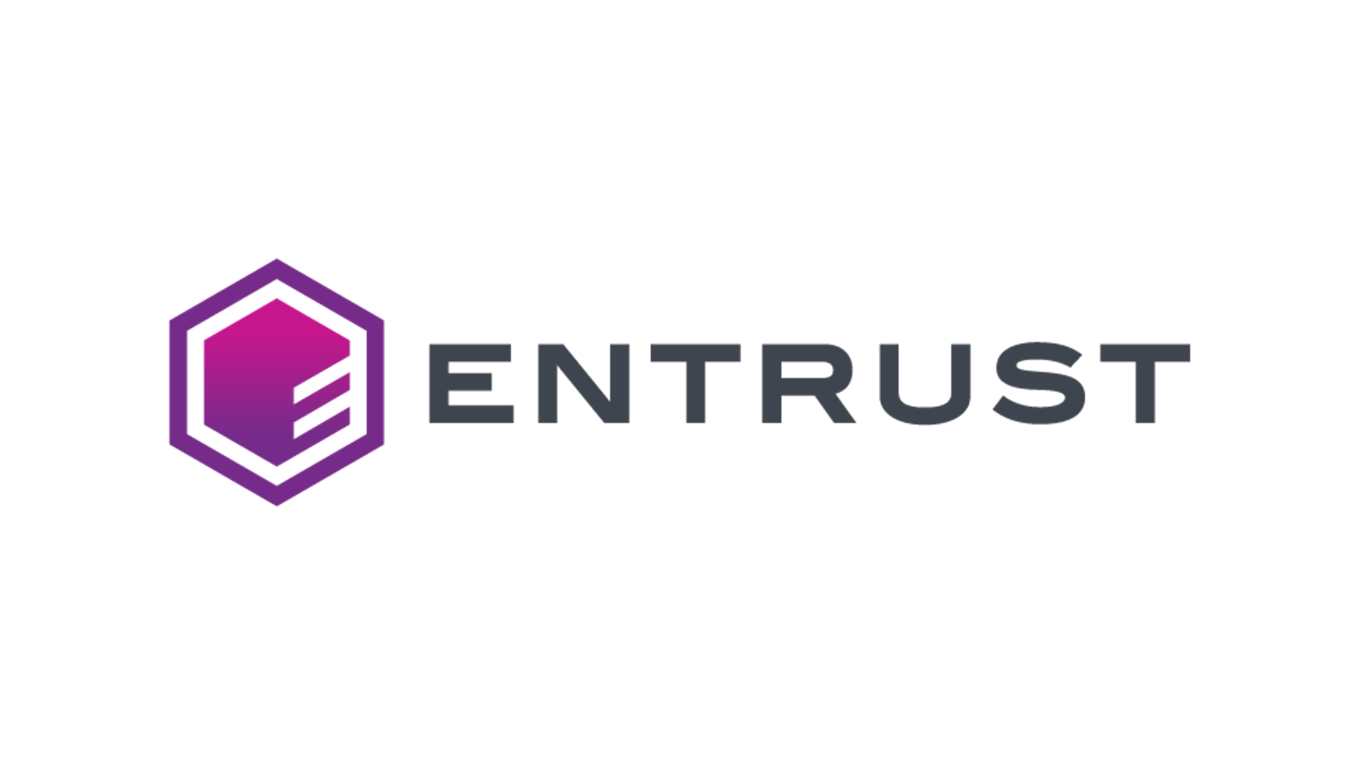
Entrust, a global leader in trusted identity, payments and digital infrastructure, today announced an innovative new Light Curing Module developed for the Entrust Sigma DS4 Instant Financial Card Issuance Solution. This unique card printing technology builds upon the foundation of Sigma DS4 system’s smart, simple and secure financial issuance platform to deliver flat card personalization with industry-leading durability.
Financial institutions are facing rising costs for payment card supplies, including EMV-compliant chips and the cards themselves. By adding more durable cards to their programs, they can extend the life of the cards and, as a result, reduce supply expenses.
Additionally, as more issuers take advantage of the increased flexibility of flat cards in recent years, financial institutions are looking for bolder colours and designs to further personalize and differentiate their brand as well as add additional levels of security. Durable flat text printing capabilities are needed in the instant financial card issuance market to help financial institutions increase card longevity, while also providing bolder personalization options to differentiate from the competition.
Entrust light curing technology has been used to personalize tens of millions of the most modern payment cards in circulation today issued by high-volume payment card providers. Now, Entrust has developed a unique, innovative Light Curing Module for its Sigma DS4 systems, allowing instant issuance providers the opportunity to deliver unmatched flat card durability and brilliance from their onsite instant issuance fleet.
The new Light Curing Module seamlessly integrates into existing Sigma DS4 systems and helps apply a unique, UV-curable, thermal-transfer, monochrome graphics ribbon to pre-printed cardstock. This bright, bold and durable personalization option stands out for its clarity and sturdiness compared to other direct-to-card flat card personalization options available in the market.
“We’ve taken our experience in payment card issuance systems for high-volume clients and applied it to new innovations for our Sigma platform,” said Tony Ball, Senior Vice President & General Manager, Instant Issuance at Entrust. “Leveraging our expertise and technology of more than 50 years in the making, allows us to expand our direct-to-card instant issuance solutions to provide financial institutions the competitive differentiation they need.”
Related News

Blog Management Team
at Credit Ninja
Installment loans are often considered a good option for those who don't qualify for other forms of financing because they require less paperwork and fewer documents. see more
- 08:00 am
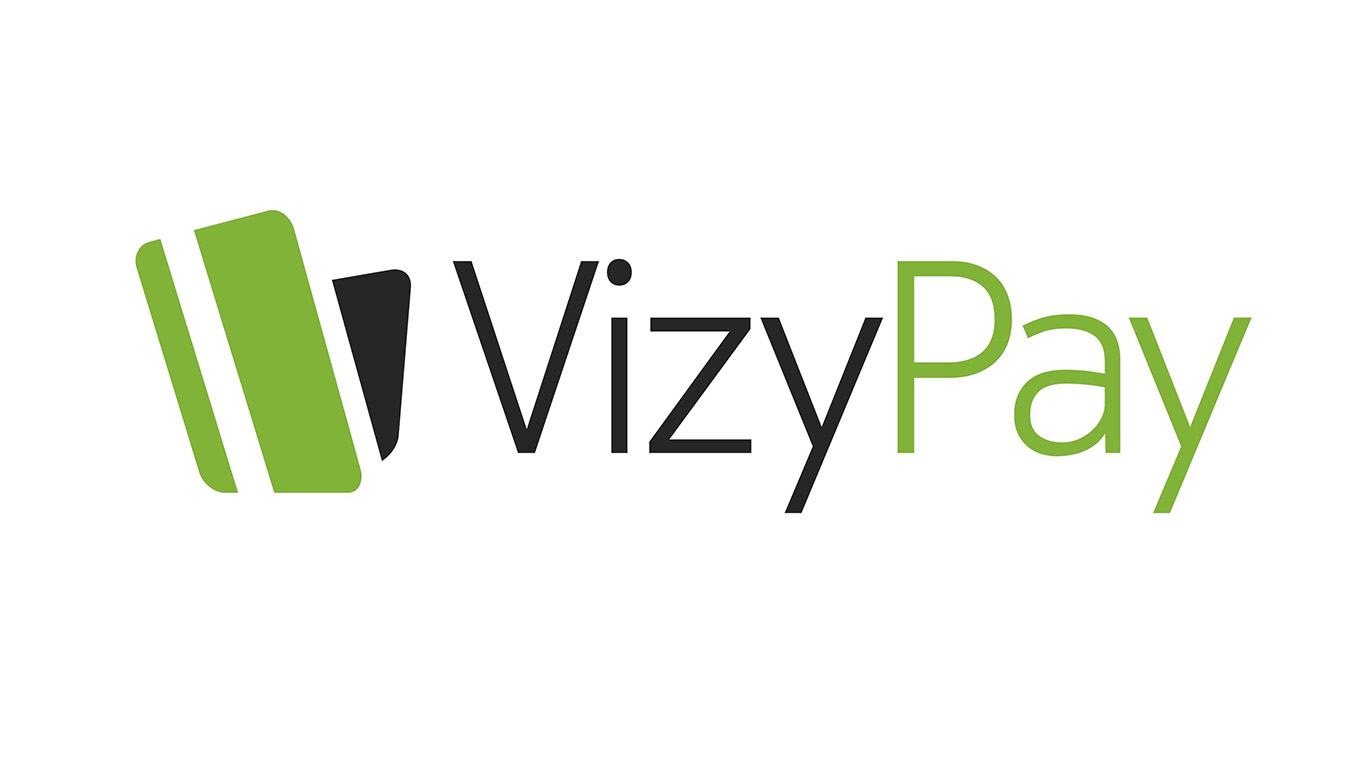
VizyPay, an award-winning payment processor providing transparent, money-saving services to America’s small businesses, today announces a series of promotions, elevating experienced and dedicated women leaders to its senior team. Director of Sales Elizabeth Rucker, Director of Client Success Olivia Hall and Director of Marketing and Sales Enablement Shannon McCann all came to VizyPay from outside the payments space, starting out as sales partner recruiters and distinguishing themselves through hard work and leadership skills. Prioritizing personal fulfilment and professional growth amongst its employees, VizyPay provided resources and support to help each woman break barriers and launch their careers to new heights in less than three years. By investing in and empowering Rucker, Hall and McCann, VizyPay is paving the way for more diversity and equality in the payments and financial technology industries.
In her new role as director of sales, Rucker oversees three different divisions – the sales partner, account manager and sales support departments – and provides them with the training, resources and creative strategies to consistently meet and surpass sales objectives. Prior to that position, Rucker served in other roles of increasing responsibility at VizyPay, such as director of sales partner recruiting and director of training and talent acquisition. Rucker serves as an Advisory Board Member to the Midwest Acquirers Association and is a member of the Women's Network in Electronic Transactions.
Previously VizyPay’s director of marketing, Hall drove the messaging behind the brand, scaling its marketing department and levelling up its #LookLocalFirst initiative. Hall has since transitioned to her current position as director of client success. Initially starting out as a team of one, Hall is building out VizyPay’s client success department from scratch with the goal of improving customer service, satisfaction and client retention. Now three-strong, Hall and her team serve to proactively and prescriptively guide customers, both merchants and sales partners, to succeed with VizyPay’s product and service offerings.
Succeeding Hall as leader of the marketing department is McCann. Since joining VizyPay a year ago, McCann has held three titles and helped build out a new branch of the marketing team. Now, as director of marketing and sales enablement, she oversees all branded content, guides public relations and marketing communication strategies, executes campaigns to drive quality lead generation, creates content and tools for sales enablement and raises awareness for VizyPay’s founding pillars of transparency, culture and advocacy for small businesses. McCann is an involved member of the Women's Network in Electronic Transactions.
“The payments space is fast-paced and ever-changing. By committing to diversity and gender equity in the payments workforce, VizyPay is bringing fresh perspectives to the table and maintaining our place as an innovative and adaptable industry leader,” CEO and Founder Austin Mac Nab said. “Elizabeth, Olivia and Shannon take on new challenges with a passionate, can-do attitude and their leadership has made our business and culture stronger. It’s been amazing to watch them excel over the past few years, and I know they’ll be an invaluable part of VizyPay’s growth journey.”
In addition to these new promotions, VizyPay recently completed a hiring blitz to nearly double its workforce. The company also launched an account manager program, expanding its reach to provide in-person support to small businesses across America.
Related News
- 06:00 am
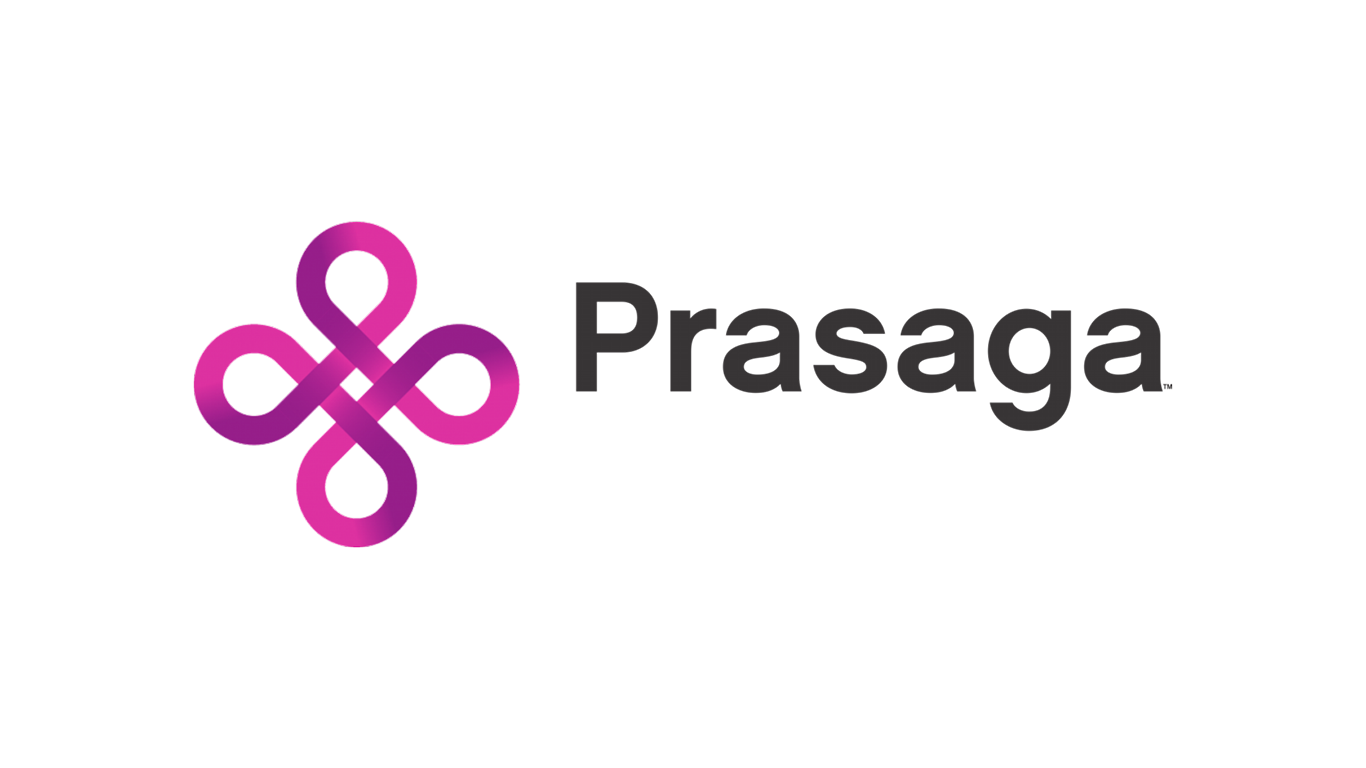
PraSaga, a Swiss Foundation, today announced the release of its application framework as available-source code to its community of developers. This framework demonstrates the power and scope of PraSaga’s recently approved patent operating system, SagaOS, by providing developers with the opportunity to experience practical usage of PraSaga’s coding language, SagaPython. This takes the foundation another step closer to delivering a limitless global blockchain infrastructure that will benefit users across the globe.
A leap forward for the blockchain
The release of PraSaga’s SagaOS application framework code is another move towards a fully decentralised autonomous organisation (DAO) with open-source code. Using the available-source code, developers will be able to create applications, projects, and platforms for SagaOS.
Until now, the blockchain has been difficult to access, and use cases have been limited. This release opens the door for developers to start experimenting and creating for industries as diverse as supply chain, human resources and tourism, NFT trading platforms and real-world real estate. The possibilities are truly endless.
The opportunity to begin creating and submitting products is open to anyone interested. PraSaga will be curating submissions to ensure the efficiency of the SagaOS ecosystem’s growth, with the use of the available-source code limited to SagaChain-related products. As the alpha release is still in its testing phase, any products created will not yet be running on SagaChain. Once PraSaga releases its test net, developers will be able to bring their creations onto the blockchain to help them realise their full potential.
Creating an accessible entry point into blockchain
PraSaga has endeavoured to make its tech as accessible as possible in pursuit of its ultimate goal of improving the quality of life for people around the world. A key part of this has been to create and release SagaPython, a dialect of the popular coding language Python. The release of PraSaga’s application framework as available-source code will help developers understand the slight variations that exist between standard Python and SagaPython’s syntax and provide a proven approach to application development on blockchain.
This release will create an accessible entry into the blockchain for millions of people around the world, revolutionising how the blockchain is conceptualised. 84% of developers globally use Python as their main language. With this release, they will be able to almost instantly get to grips with SagaPython and start creating using the SagaOS.
An opportunity to build without limitations
PraSaga will be publishing specific areas that developers can contribute to via Discord and GitLab. However, the foundation is encouraging developers to use this available-source release to explore and discover SagaOS’ potentially infinite use cases.
Registration is open now. Visit SagaOS.org to start building the future.
Michael Holdmann, CEO and Founder of PraSaga, “We began PraSaga with a vision of what we believed would be possible. But even now we’re constantly realising there are new uses for our tech that can revolutionise the way people understand and use blockchain. For any developer looking for a challenge, the release of this available-source code is a momentous occasion. The SagaOS application framework offers developers a sandbox in which they can unleash their imaginations. This is a rare opportunity to be a true pioneer through the creation of completely new blockchain-based technical infrastructure using a unique operating system.”
The development team at VMO who has been an early adopter of SagaPython said, “This will be a game-changer for the way we view and create on the blockchain. The syntax is quite similar to Python, so if you have experience with Python, the learning curve for adoption should be fairly fast. But for all others, PraSaga has gone above and beyond with the documentation they have provided to also help clarify any issues with syntax for new developers.”
Related News
- 05:00 am
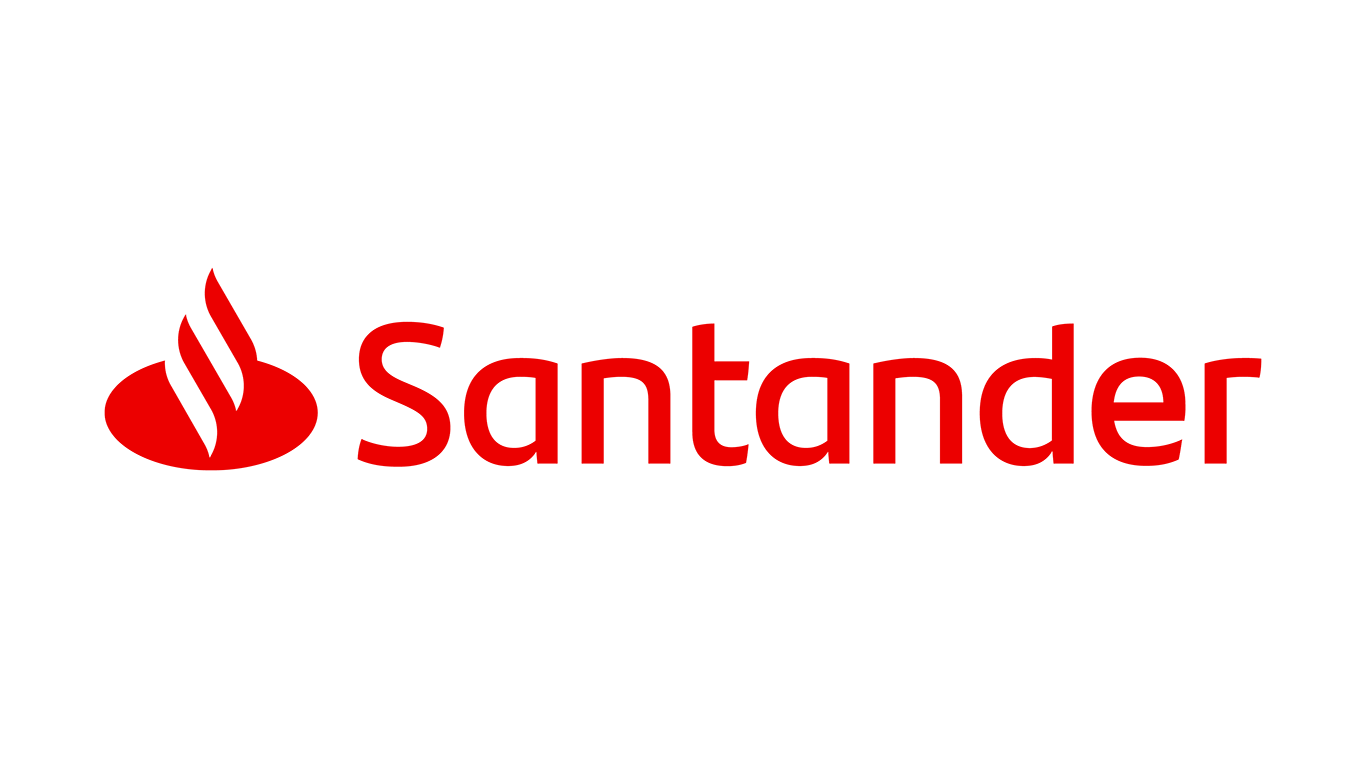
How a new operating model and the use of advanced digital technologies led to a major competitive advantage for Europe’s largest bank
Who we worked with
Santander UK, a wholly-owned subsidiary of the Spanish Santander Group and the largest retail and commercial bank in Europe with 14.4 million active customers
What the bank needed
• A sharper competitive edge in the face of digital challenger banks
• World-class customer experiences
• Streamlined customer-facing processes, scaled to meet fluctuations in demand
• An improved cost-to-income ratio
How we helped
• Built a Lean Digital blueprint that identified 83 projects ripe for automation and digitization
• Seamlessly transitioned core banking processes for seven of the bank’s business units to Genpact – in just five months – virtually and during a global pandemic
• Accelerated key business processes, such as customer onboarding, using robotic process automation and artificial intelligence
• Empowered the bank to predict and manage business volume fluctuations with advanced analytics
What the bank got – in just one year
• 5% increase in customer satisfaction through the bank’s Net Promoter Score
• 20% rise in mortgage applications processed
• 30 - 35% faster account closures in business banking due to a fully automated process
• 25% increase in productivity
• 10% improvement in cost-to-income ratio
The challenge: Adopting a ‘challenger’ mindset
London is the Silicon Valley of fintechs. For centuries, the UK capital has been a global financial centre. Now, it’s also an emerging fintech hub and the beating heart of the tech-forward financial world. As a legacy institution that entered the UK market through a series of acquisitions of high-street banks — each with its own systems and processes — the UK division of Santander had a high-cost basis and needed to remodel its end-to-end customer journey to deliver a world-class customer experience.
Customers want easier and faster access to banking services and financial products. But Santander UK’s internal operational metrics – including high exception rates, significant human intervention required in customer interactions, and long turnaround times – indicated that the bank could be doing things better for its customers.
In addition, Santander UK struggled to manage sudden changes in customer demand. For example, each year, as students started university, the bank had an influx of student loan applications. But it had no way of determining how big that influx would be or how many staff members it would need to manage the surge. Here’s what the bank did know: if it couldn’t process student loans in time, other firms would be happy to do it.
Finally, the bank had shared service centres in the UK and Poland that managed many of its core business processes across seven business units. But these captive operations came at a high cost due to outdated systems and processes and a lack of automation. Executives needed greater visibility and insight into how these processes were performing and how they could be improved.
The solution: Transition, then transform
Find the right partner
Santander UK knew it needed to transform. Quickly. And that meant partnering. Like many big banks, however, Santander Group was used to going it alone. Never in its 165-year history had it undertaken a strategic partnership for its operational activities.
So, Santander UK launched a robust and competitive partner selection process, investing an entire year to evaluate 10 professional services firms. The bank selected Genpact due to our deep expertise in banking operations and advanced digital technologies, and the strong alignment between both companies’ corporate values.
“Genpact’s flexible and dynamic approach set it apart,” says Jas Narang, chief transformation officer and head of operations, Santander UK. “Other companies seemed to have a preexisting model or solution that they wanted to shoehorn our operations into, but Genpact listened to what we needed and adapted.”
Transition to a centre of excellence for customer onboarding and servicing
Genpact is committed to establishing customer onboarding and servicing solutions across seven core business units: personal banking, mortgages, unsecured personal loans, cards, business banking, payments, and corporate banking.
First, we designed and implemented a new operating model, transitioning 600 full-time roles from Santander UK’s shared service centres to Genpact’s centre of excellence for onboarding and servicing. To “retain the brain,” knowledge transfer was critical. So, we seconded and embedded 20 experienced Santander UK employees to work with Genpact for 12 months. Meanwhile, we upskilled shared service centre staff, empowering them to move on to bigger and better things within the bank, such as the financial crime and compliance organization.
The transition had to avoid causing any disruption to the bank’s business. This was especially tricky due to multiple headwinds the team had to navigate. First, Brexit prompted changes to the country’s regulatory environment. Then, COVID-19 lockdown restrictions meant the team had to meet its goals while working remotely. Despite this one-two punch, “Genpact pulled off the transition seamlessly and noiselessly, and the execution was flawless,” says Narang.
Streamline core processes through automation
Our next step was to re-imagine core banking processes using advanced digital technologies. We started with the corporate account closure process.
When an agent in Santander UK’s contact centre received a request to close a company account, they would pass the request to a back-office service agent who had to log onto a wide range of systems. They might need to send an order to the payments department to empty the account or transfer its balance to another account. Using robotic process automation, Genpact fully automated this process — improving the customer experience while eliminating frustrating manual work, saving time, and reducing costs.
Santander UK chose UiPath as its automation partner because it’s easy to create bots without significant coding expertise. And while most automation tools perform well with either attended bots (which run under human supervision) or unattended bots (which perform highly complex and repetitive tasks based upon a predefined rule), UiPath performs well with both. As a Gold Partner, Genpact could use UiPath to automate the bank’s processes and more.
Accelerate customer onboarding using artificial intelligence
Santander UK’s retail banking processes needed transforming too. For example, when a customer applies for a new account, loan, or credit card, Santander UK must first validate their identity. Customers might provide a range of documents, from birth certificates to utility bills, to prove who they are. Collecting and evaluating this information manually was a time-consuming, tedious, and expensive task prone to human error.
Genpact helped Santander UK use AI-powered optical character recognition to extract and evaluate the information in these documents, identify the key elements, and put the relevant data in a table. We implemented orchestration technology that then automatically kicked off a workflow, prompting employees to complete the process and approve (or deny) the application. This significantly reduced the risk of the bank doing business with government-sanctioned customers or customers engaged in illegal activities, such as money laundering, terrorist financing, or fraud. It also allowed dramatically improved the employee experience by allowing employees to focus on higher-level skills that required them to make important judgments and decisions.
Accurately predict business volumes and staffing capacity using advanced analytics
Finally, we created a planning and forecasting environment that’s as dynamic as Santander UK’s business. We gathered and consolidated historical business data across all seven business units. Then, we developed statistical models and to forecast business volumes and staffing needs using advanced analytics.
The impact: We moved the needle – big time
“Partnering with Genpact has helped us to accelerate digital experiences for our key customer journeys, re-engineer our back-office processes, drive greater efficiencies, deliver significant run-rate savings, and implement smarter ways of working, which allows us to scale our business at pace,” says Narang.
In just one year, our partnership with Santander UK delivered:
• 5% in the bank’s customer satisfaction through the bank’s Net Promoter Score
• 20% rise in mortgage applications processed
• 3% increase in student loans processed
• 30-35% faster account closures in business banking through automation
• 25% increase in productivity
• 10% improvement in the bank’s cost-to-income ratio
So, what’s next for Santander UK and Genpact?
Genpact is now helping the bank advance on its journey from being reactive to proactive. For example, we’re developing a management information dashboard that will provide Santander UK executives near-real-time insights into what business is coming up when and who’s on staff to handle it, further enhancing their decision-making and boosting the bank’s competitive advantage.
In addition, a full, front-to-back transformation is now underway across all seven business units. In Santander’s mortgage business, we have already reduced the loan application-to-offer cycle time by 42%. And we’ve created the capacity to increase processing by $269 million per week.
Genpact has committed to deliver a total productivity improvement of 53% over five years – 29% from Lean Six Sigma process improvements and 24% from automation and digitization. We will also reduce the total cost of ownership of Santander UK’s systems by 60% from year three onward.
“The relationship with Genpact has helped Santander turn a corner from a cultural point of view,” says Narang. “Since day one, there has been honesty and transparency in the relationship and a true partnership at every level. The care for Santander’s customers is pervasive throughout the organization. We have already enjoyed some massive achievements together, and we look forward to moving from strength to strength.”
By embracing advanced digital technologies throughout its organization, Santander UK executives can swiftly anticipate, react, and adapt to challenges. And Santander UK is delighting its customers, securing it a spot among the most successful banks of the future.









